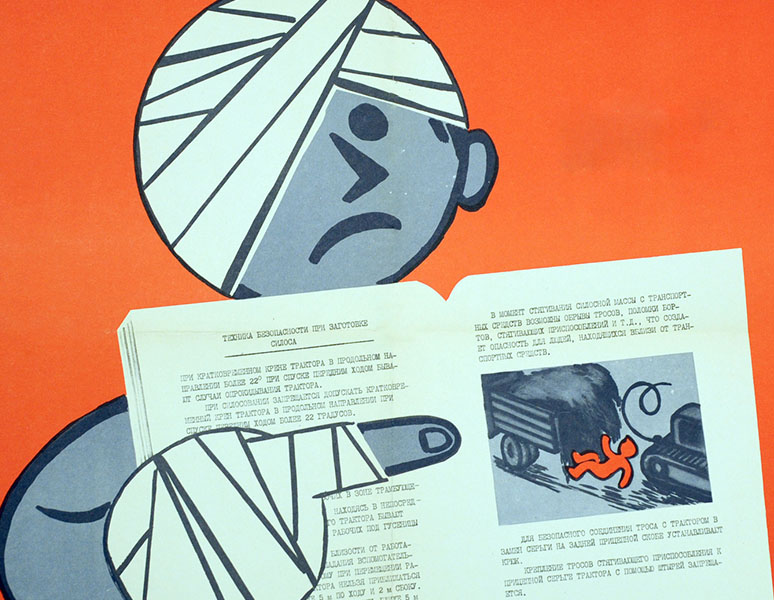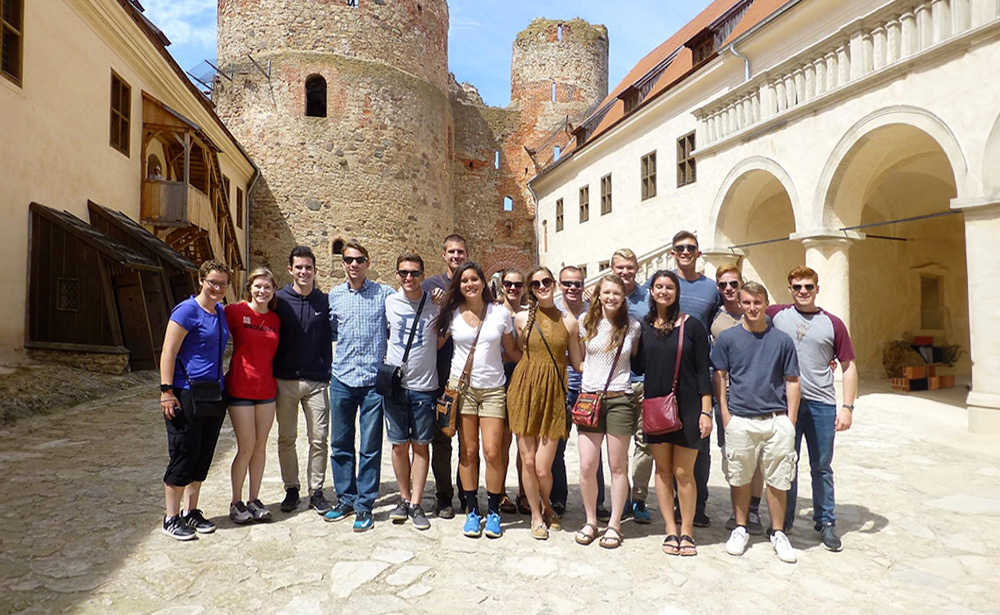Soviet Posters. Part 2: Soviet Work Safety Posters
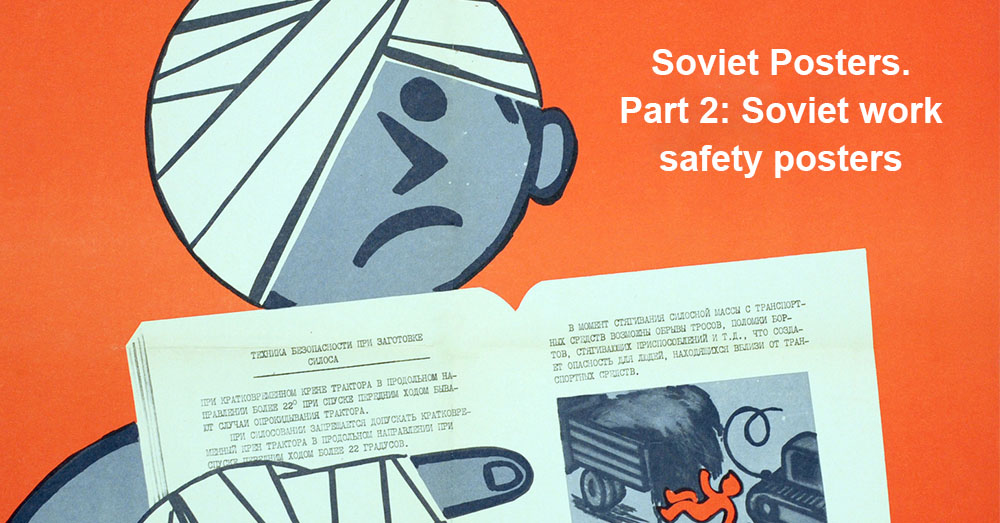
In one of our previous articles we started telling you about the art of Soviet posters. We talked about the posters which reflected politics and society. Today we would like to speak a little bit more about the art of Soviet posters in the USSR and show you a few Soviet work safety posters.
Development of the art of soviet posters in the USSR
In 2005 in the Folkwang Museum in the city of Essen, Germany, hosted the exhibition of the Russian Poster Art «The Reality of the Utopia». The exhibition was the result of a long-term project implemented by the Institute of Russian and Soviet Culture, Russian State Library and Russian University (Bochum, Germany). A monograph and a huge on-line database that includes 3,500 posters and 100 biographies appeared as a result of this work.
Why do Soviet posters arise such an interest? Several art experts believe that the poster art is the most successful form of realization of socialist realism as an art. A poster managed to realize its potential in the best way within the framework of this concept. Literature, for example, could not be neutral or non-political. As well as painting that within the framework of the Soviet system had to become realistic in its form and ideological in its content. Only during a few periods “the big art” could have a bit more freedom, but most of the time being in the underground.
However, a poster being a genre of the applied art was suppressed by ideology. But you may say that all the posters we showed you in the previous article were purely propagandist! This is true, as it was our purpose to show you this kind of posters. If you look at the statistics, you can see that during all those years political posters comprised only a bit less than 20% of all number of posters. Children, instructional, educational, information and advertising posters comprised the rest 80%. In this kind of posters ideology was moved to the background, but their utilitarian function was set forward. Artists here had a relative freedom for choosing their means. It is ironic in some sense that many really distinguished artists became famous within the framework of applied art which is traditionally considered less significant and intellectual as compared to the so-called “big art”.
The country’s government communicated with their people vis posters. Since this was a one-way communication, it was important to get message across to a person in the most precise way possible. Therefore, the language of posters developed. At the State Art Academy and in many other organizations (for example, the Moscow Union of Soviet Artists) there were special poster sections that developed this movement of art.
Another factor that determined the development of this trend is that in the USSR the art of posters had been developing nonstop during all the time of the country existence. Posters were created to mark certain occasions, or in honor of significant events, they also illustrated many aspects of a soviet person’s life, they performed a didactic function. This was most expressively reflected in the posters that call on to observe the rules of labor safety at work. The language on these posters is focused, clear and, which is the most important, it is visual. Soviet poster artists managed to create the works that demonstrated what could happen to a careless worker better than any set of written rules. Cannot believe? Have a look!
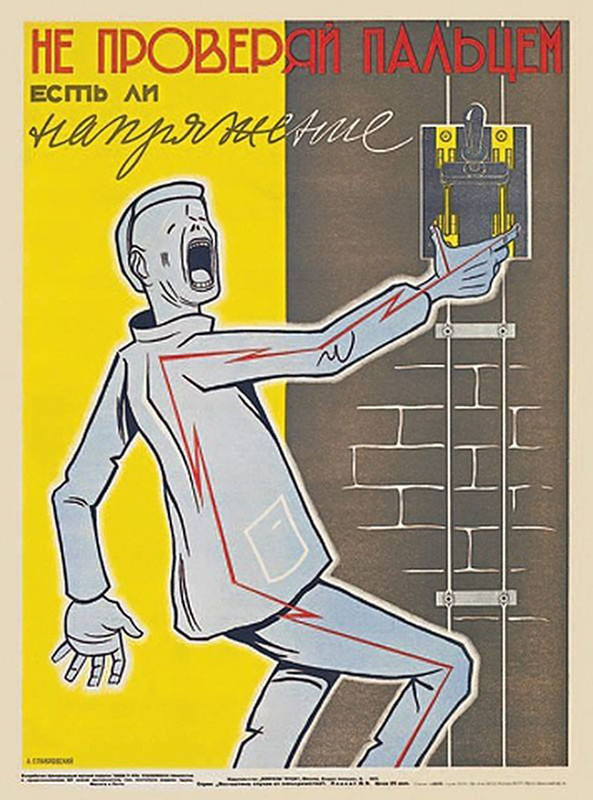
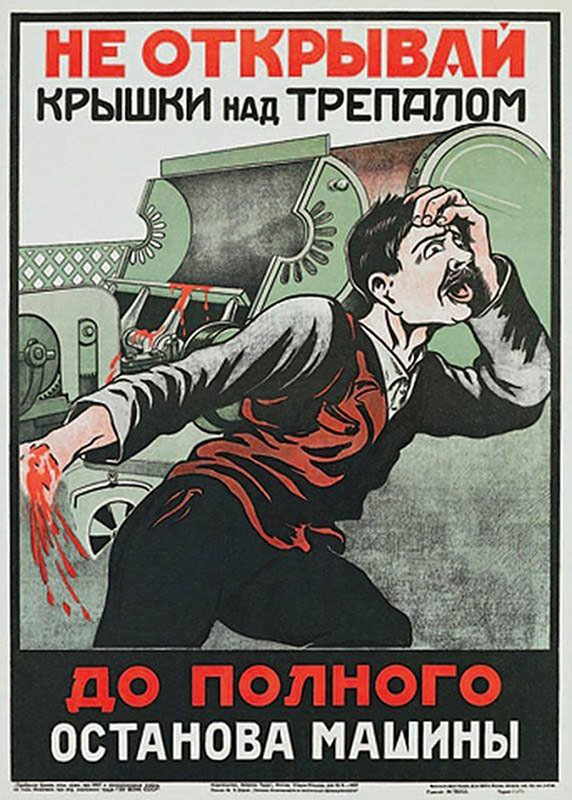
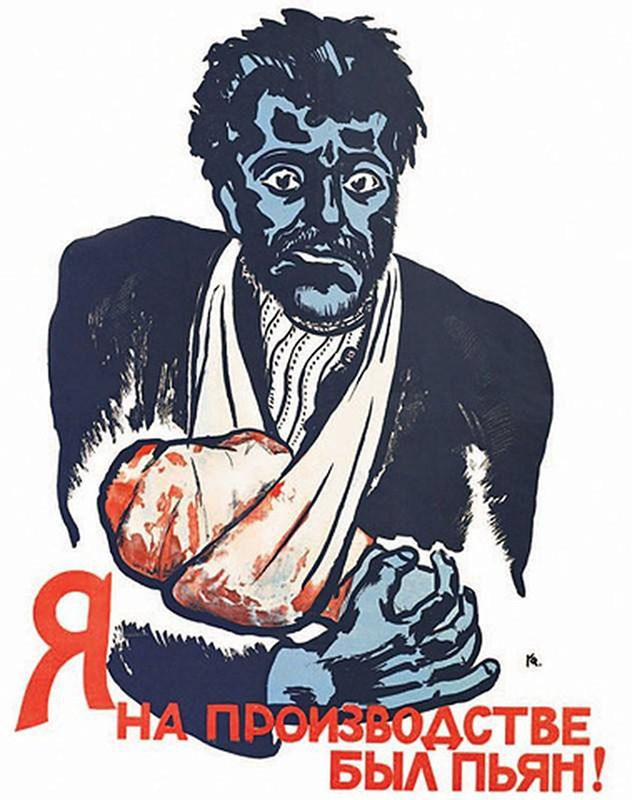
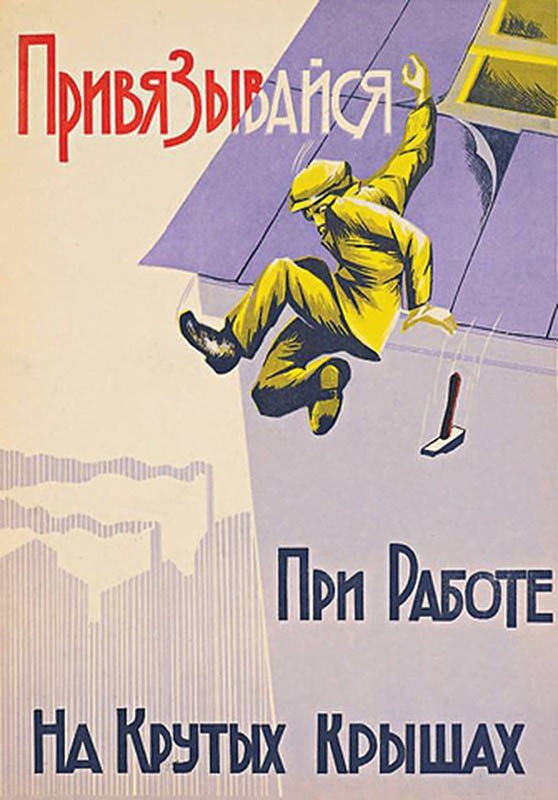


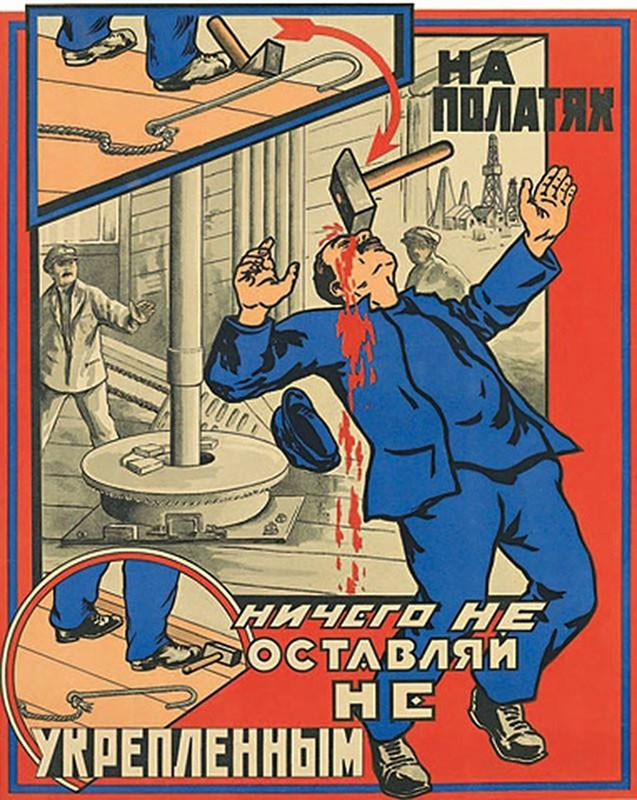

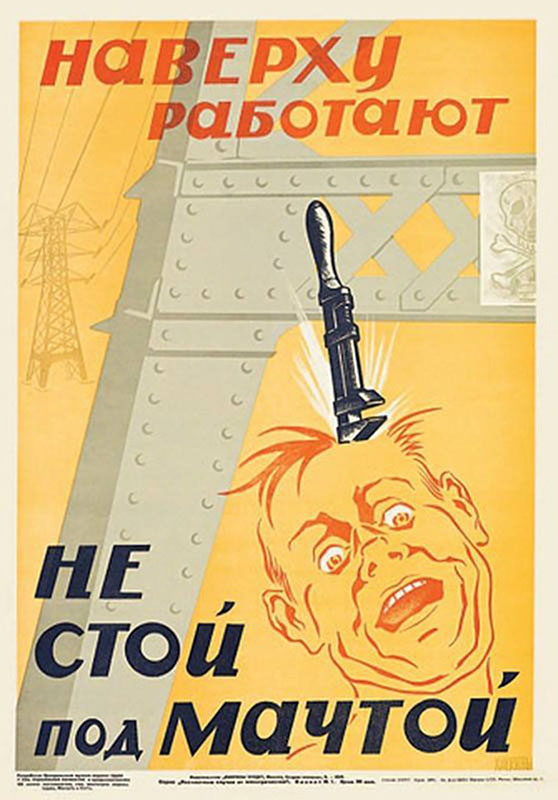
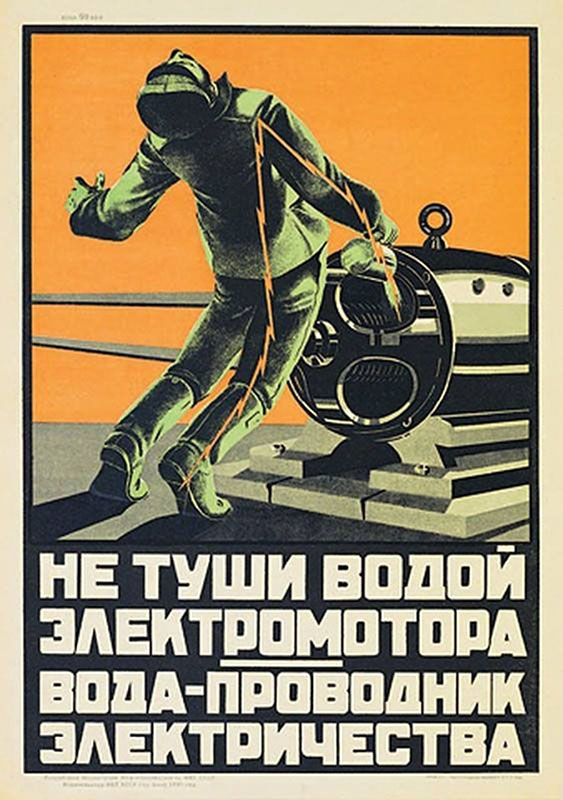
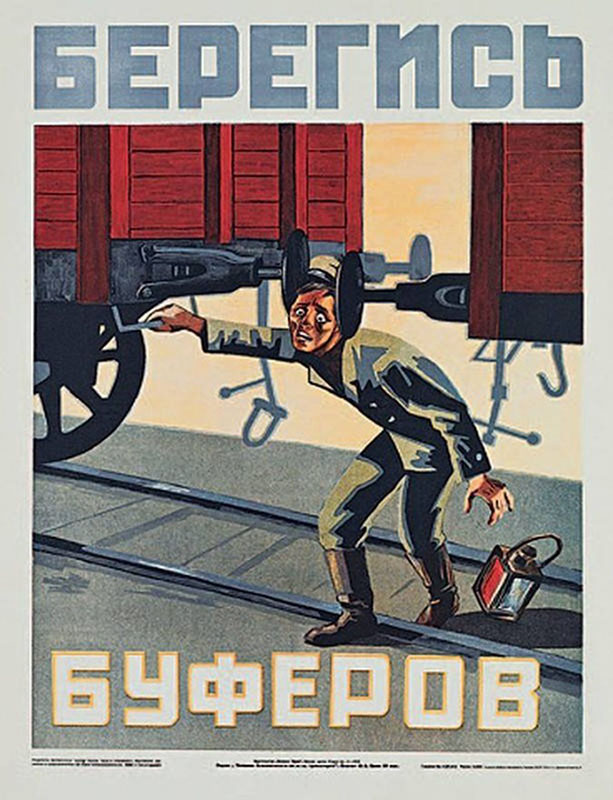
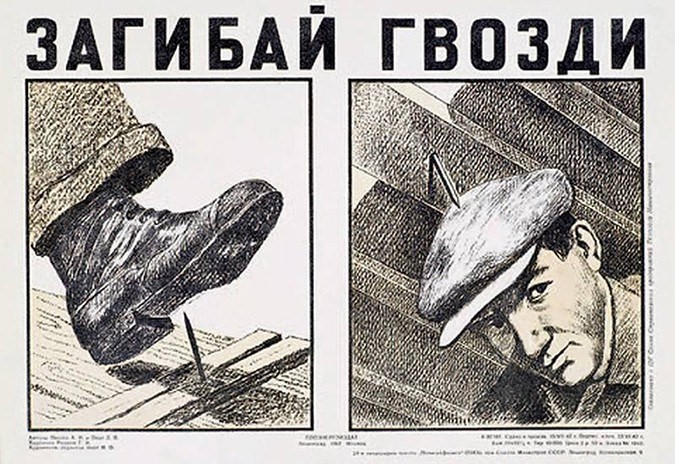
Some of the posters look really weird, don’t they? You are very welcome to leave you comments!
You may be interested
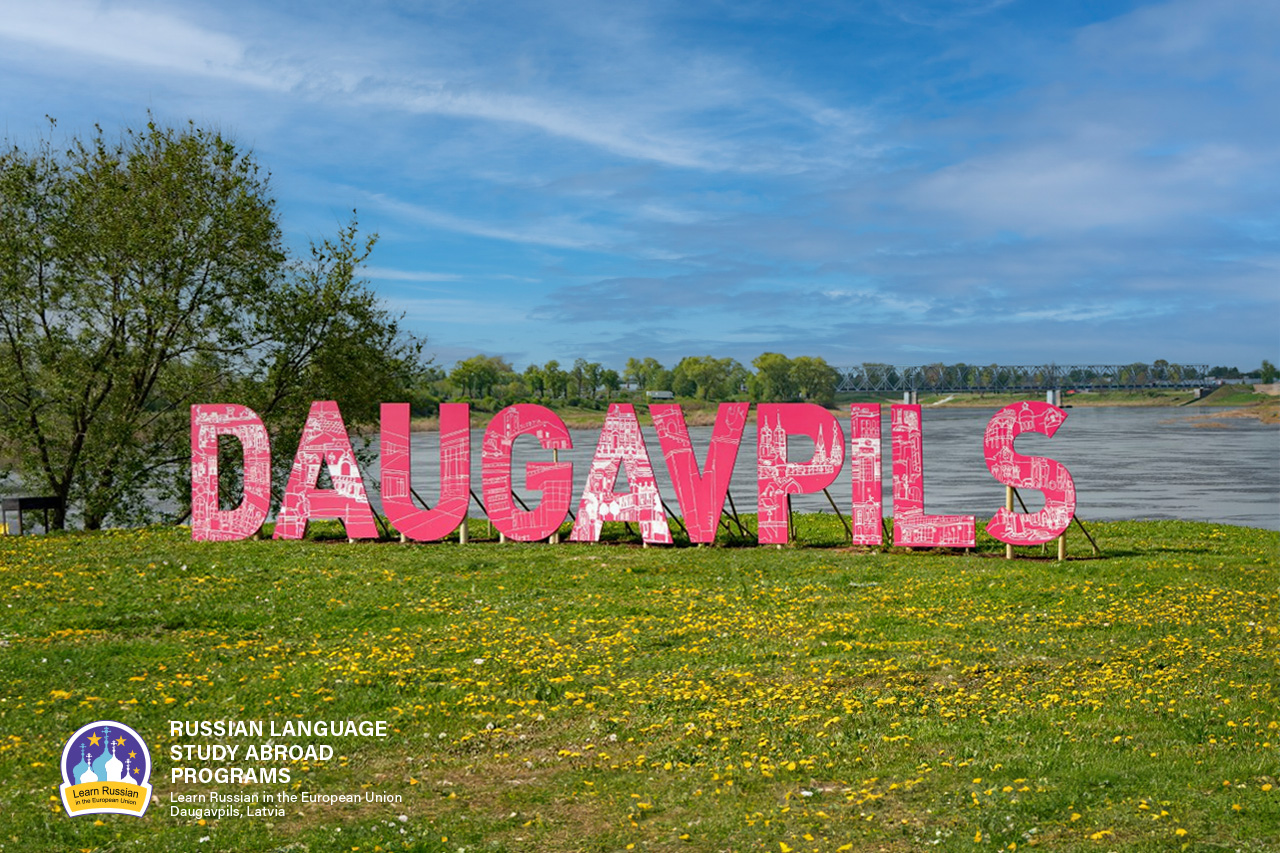
Why do people speak Russian in Daugavpils?
As it seems to us, Daugavpils is the best place to learn Russian now, because our city is situated in the EU and NATO, but at the same time 90% of the city’s population speak Russian at home.

ЭТЮД О ДВИНСКЕ
Etude on Dvinsk by F.Fedorov
The Baltic region is one of the most catastrophe prone regions of the 2nd millennium, especially its second part; it is the centre of attraction of ‘geopolitical’ interests of the European world. Probably the most tragic fate has befallen to the eastern part of the present Latvia and its multi-titled town of Dinaburg – Dvinsk – Daugavpils. During its 730 years long history, the town went through five rather autonomous periods of development, five different lives (German, Polish, Russian, Latvian, Soviet), and at the beginning of the 1990s it entered into the 6th period.
The history of Dinaburg – Dvinsk – Daugavpils is the history of five attempts by the town to begin its life anew; and this is determined not only by the fact that the town was four times burned down and had to start life from scratch, but first and foremost because each of these periods was characterized by a total change of ethnos and the socio-cultural field.
The present article deals with the cultural space of the town in one of the most efficient periods of its development – from the 1860s till World War I.


